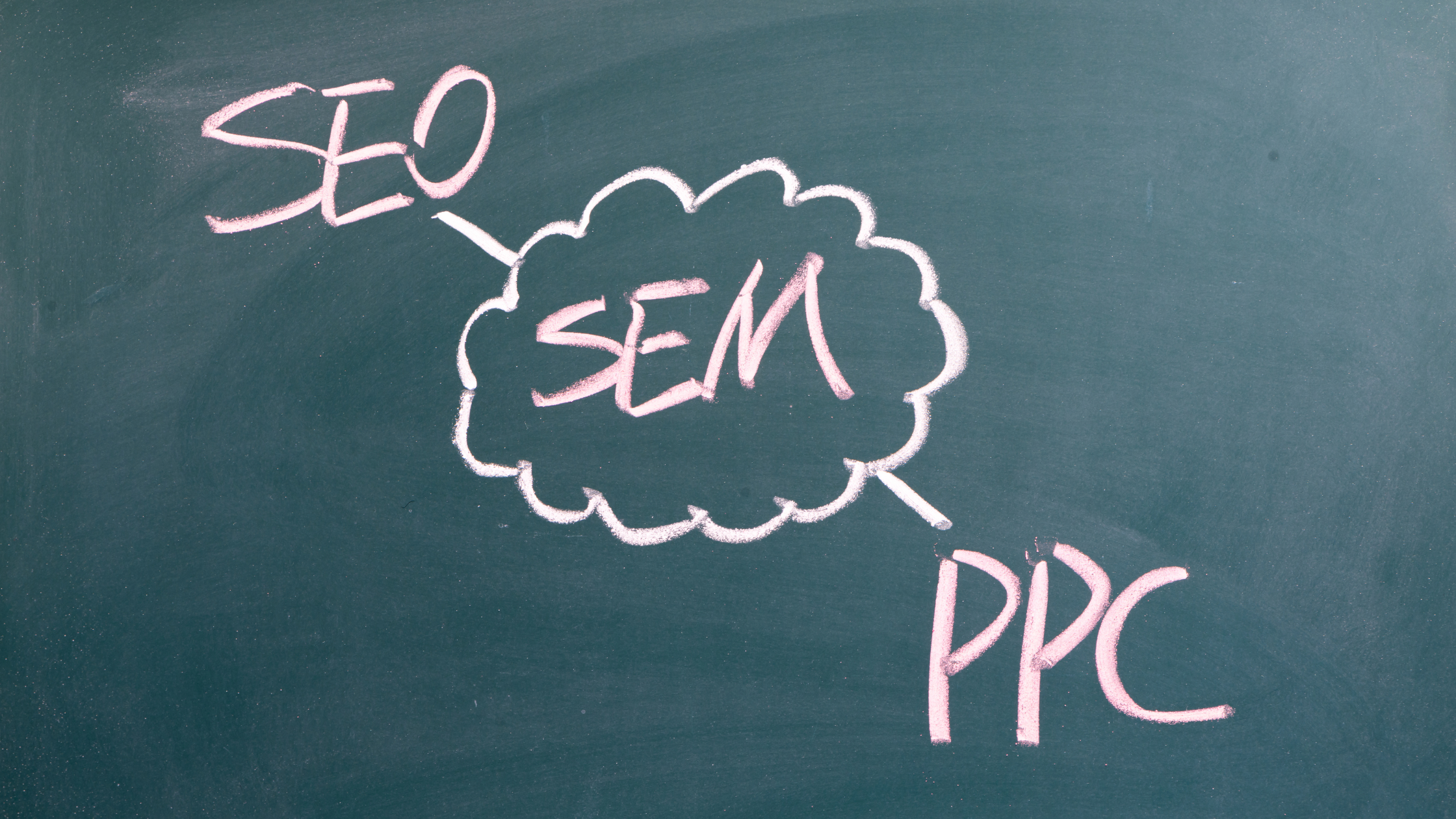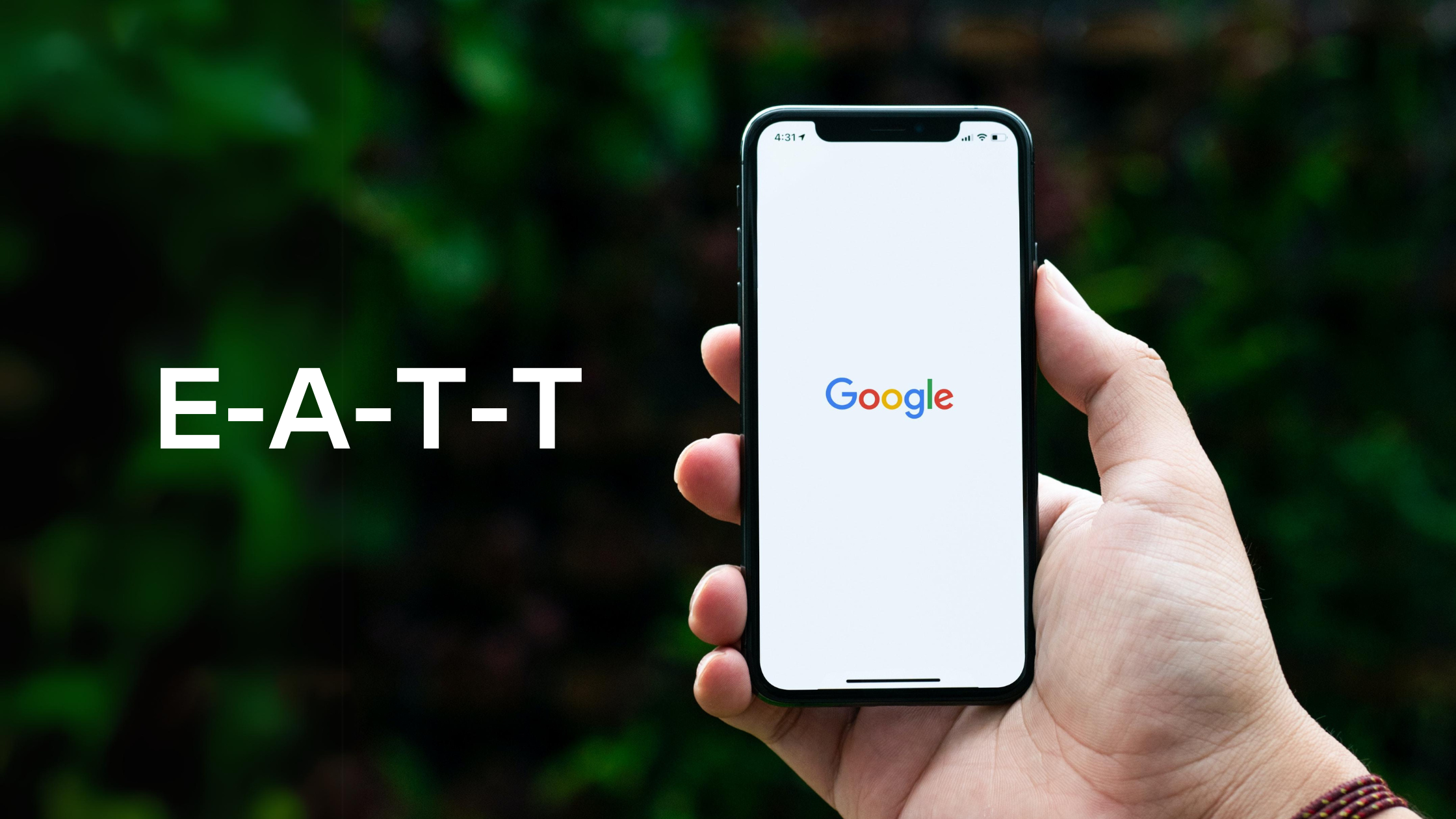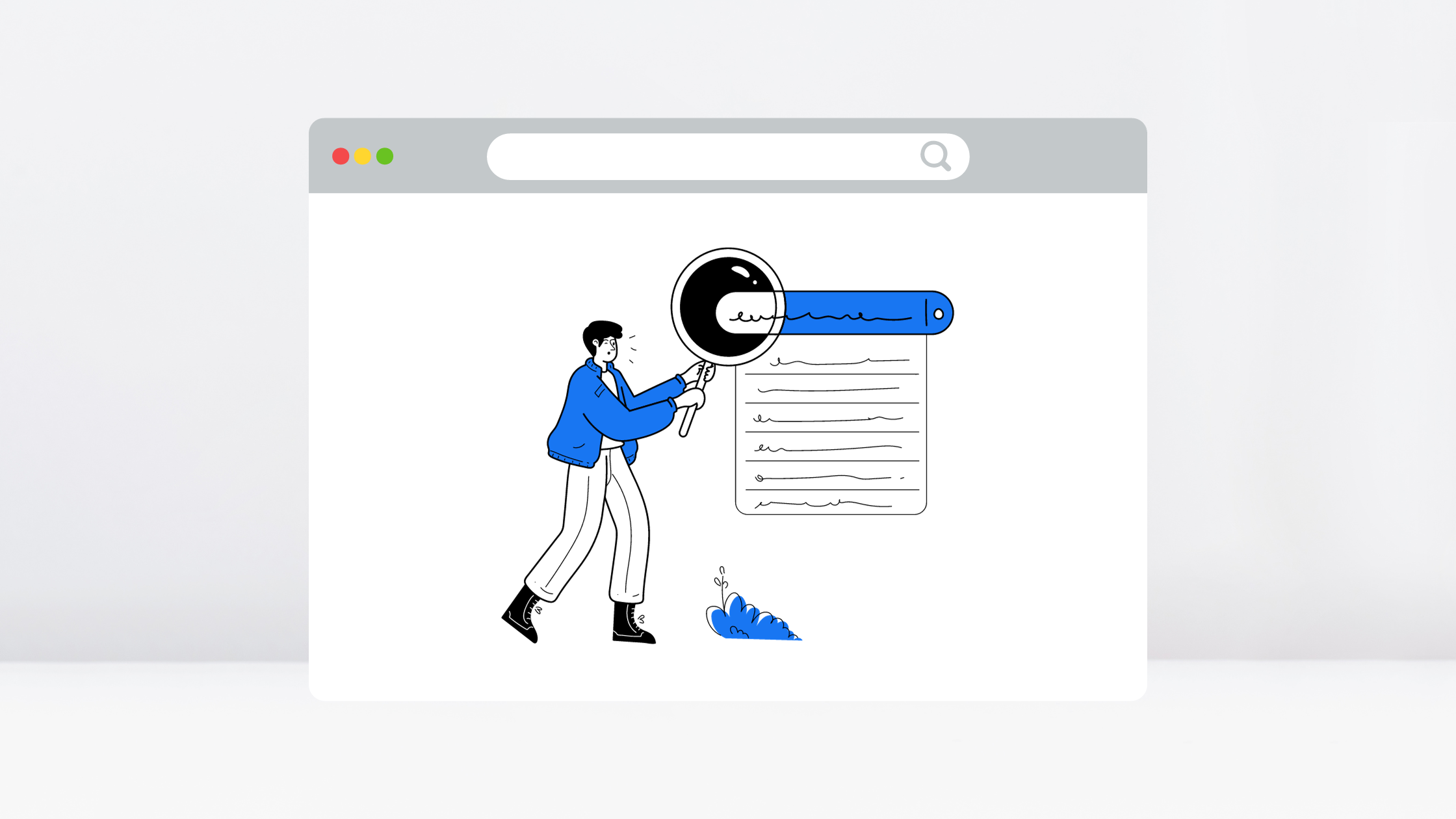Nearly three-fourths of online shoppers have been reported to leave a site without completing a purchase, sending cart abandonment rates as high as 80 percent, according to a Barilliance study.

Nearly three-fourths of online shoppers have been reported to leave a site without completing a purchase, sending cart abandonment rates as high as 80 percent, according to a Barilliance study.
E-commerce retailers respond in kind with continual optimization efforts for product and checkout pages.
“Subscribe to our newsletter today!” “Opt-in for push notifications. “Purchase now!”
And while marketing efforts may successfully generate leads, cart abandonment rates continue to increase year after year. Although we know that customers that visit brick and mortar stores carry a range of preferences and purchasing behaviors, we’re less likely to mirror that same psychology in the digital world.
So it’s time we analyzed the diversity among online shoppers and what you can do to help them convert.
1.)Best Price Shoppers
Customers that strictly prioritize price over value are surprisingly rare. Instead, price-sensitive shoppers focus on value per dollar, searching multiple sites for better deals, discounts or cash back offers.
Why They Fail to Convert
Because thousands of other sites offer competitive deals—some more enticing than yours—shoppers can easily abandon their carts to bag a better deal. Price comparison browser extensions and competitive sponsor ads also distract from the buying funnel you’ve created on your site.
How to Encourage Best Price Shoppers
Instead of slashing prices, try bundling products into a valuable package. Bundling enables retailers to combine products that compliment each other in order to showcase their benefits.
You can also track on-site behavior. After a visitor adds products to their cart, do they leave your site and then return with coupon codes? Take the behavior as your cue to preemptively offer discount codes prior to them leaving your site.
2.) Ready-to-Purchase Shoppers
Short on time and motivated to buy, ready-to-purchase shoppers have located your store and chosen to forgo extensive comparison shopping. Shopify noted that 36% of them reach online stores through a fast Google search and convert quickly when the checkout process goes smoothly.
Why They Fail to Convert
Just because these shoppers are motivated doesn’t make them less likely to get distracted. Convenience and smooth transitions matter. If your checkout process involves slow load times, too many steps and forms that don’t immediately check for errors, these buyers are likely to convert elsewhere.
How to Encourage Ready-to-Purchase Shoppers
Above all, simplify checkout. Reduce the amount of steps, show the progress percentage towards completion and offer inline validation forms (i.e. green check marks when customers correctly input information).
A frictionless and fast experience may also depend on a guest checkout option. While the checkout page is a prime opportunity to gather buyer information, 30% of customers will abandon a cart without the option of a faster experience.

3.) On-Site Experience Shoppers
Exclusivity sells products when customers are made to feel as though the purchasing experience is a status symbol. The fashion and beauty industries often capitalize on encouraging shoppers to “join” the company as a member for a unique customer experience.
Why They Fail to Convert
These types of shoppers desire something more than just a product. They’re searching for an interactive and frictionless checkout experience. When your product pages fail to load quickly, or product deals and discounts are difficult to find, it can break the sale.
When products are also not accompanied by offers for incentive programs or special deals, experience shoppers are less likely to commit.
How to Encourage On-Site Experience Shoppers
A subscription service can be as simple as allowing customers to subscribe to a monthly assortment of products for a set price. Similarly, loyalty programs turn shoppers into “members.” These tiered programs incentivize monthly purchasing in order to get extra benefits.
4.) Best Product Shoppers
Like an extensive research mission, these shoppers undertake product comparisons in fear of buying a product that will result in a return or exchange request. Technical specs, feature lists, reviews, and expert third-party opinions all contribute to the purchasing decision.
Why They Fail to Convert
The comparison research process typically involves targeting negative reviews. Why would a product receive a one-star rating, after all?
While sifting through all other available options on the market, shoppers often lose interest in a product or discover similar products on a competitor’s site.
How to Encourage Best Product Shoppers
A proactive approach to educating best product shoppers is to help them acquire the information they’re looking for. Explanatory product videos, product guides or a blog help to showcase features and professional images.
You might also create a custom comparison guide to showcase the differences between your product and that of your competitor. By streamlining the research process, you save them time and keep them on your site.
5.) Trending Shoppers
Rapidly changing industries such as fashion, beauty and technology live and die by constant change. Therefore, trending shoppers seek out anticipated dates and new release schedules. Impulse shopping also seems to characterize shoppers who are merely searching for the newest product in any category.
Why They Fail to Convert
When shoppers care less about cost and quality, and more about the social value of a product, they’ll buy from any store that offers the quickest deal. If your site fails to offer the best deal on a trending product or presents obstacles during checkout, you can rest assured that you’ve lost the sale.
How to Encourage Trending Shoppers
Leverage customers’ desire to stay informed about releases and the latest product information by encouraging account registration. You can do this by offering a percentage discount from their order, throwing in a free gift or tacking on reward points.
Once a customer creates an account, you can tailor relevant email content to improve your customer retention. Just be wary for spamming new customers with too many emails.
Know Thy Shopper
A marketing strategy built around retaining customers is one that’s built to last. Build in seamless checkout experiences to keep shoppers on-site through the crucial moments of conversion, and you’ll begin to see customers of all types return again and again.
Not sure how you can tailor your customer’s on-site experience?
Let us show you how.
Reach out to our digital marketing experts today at RLC Media.





